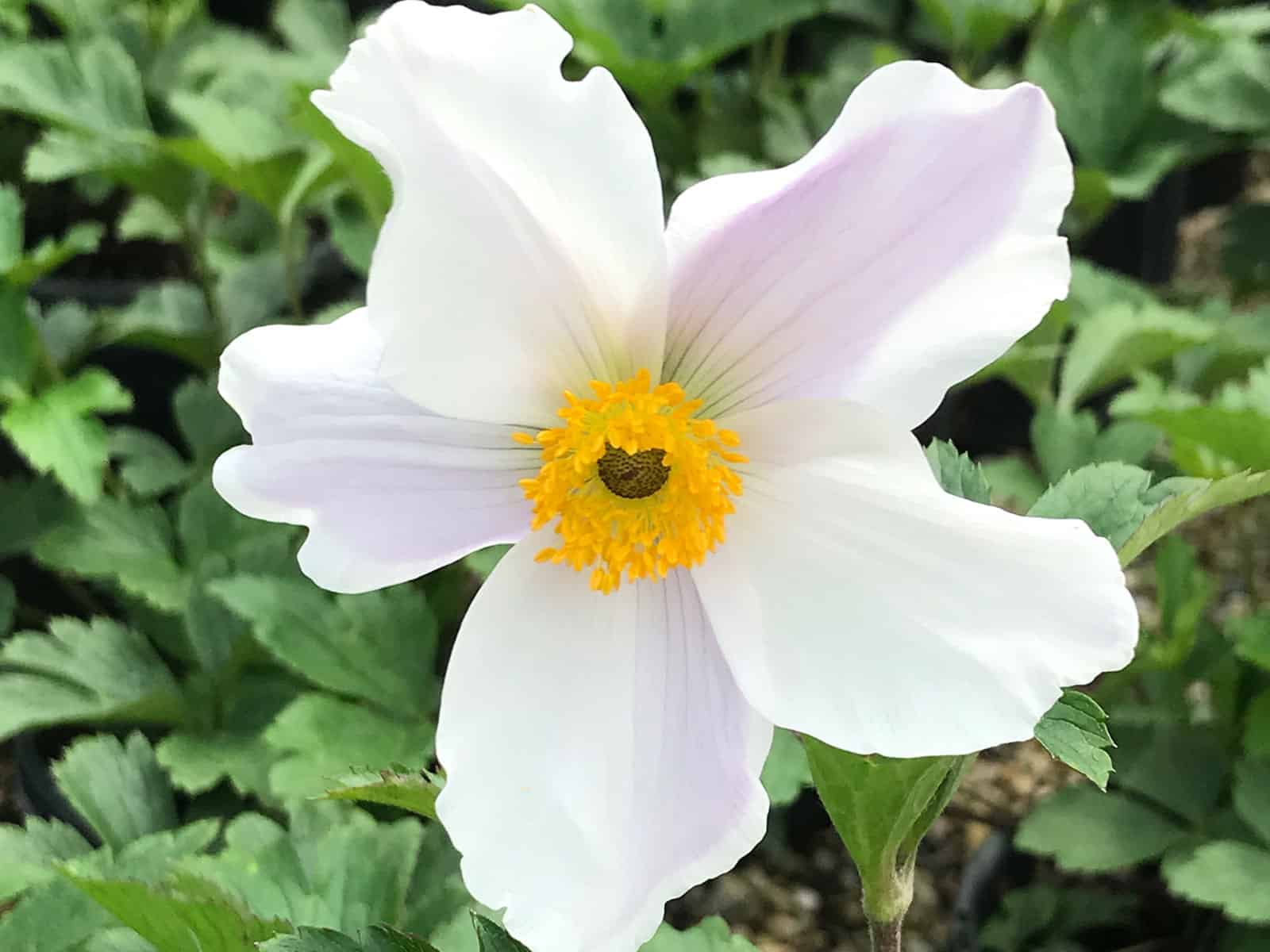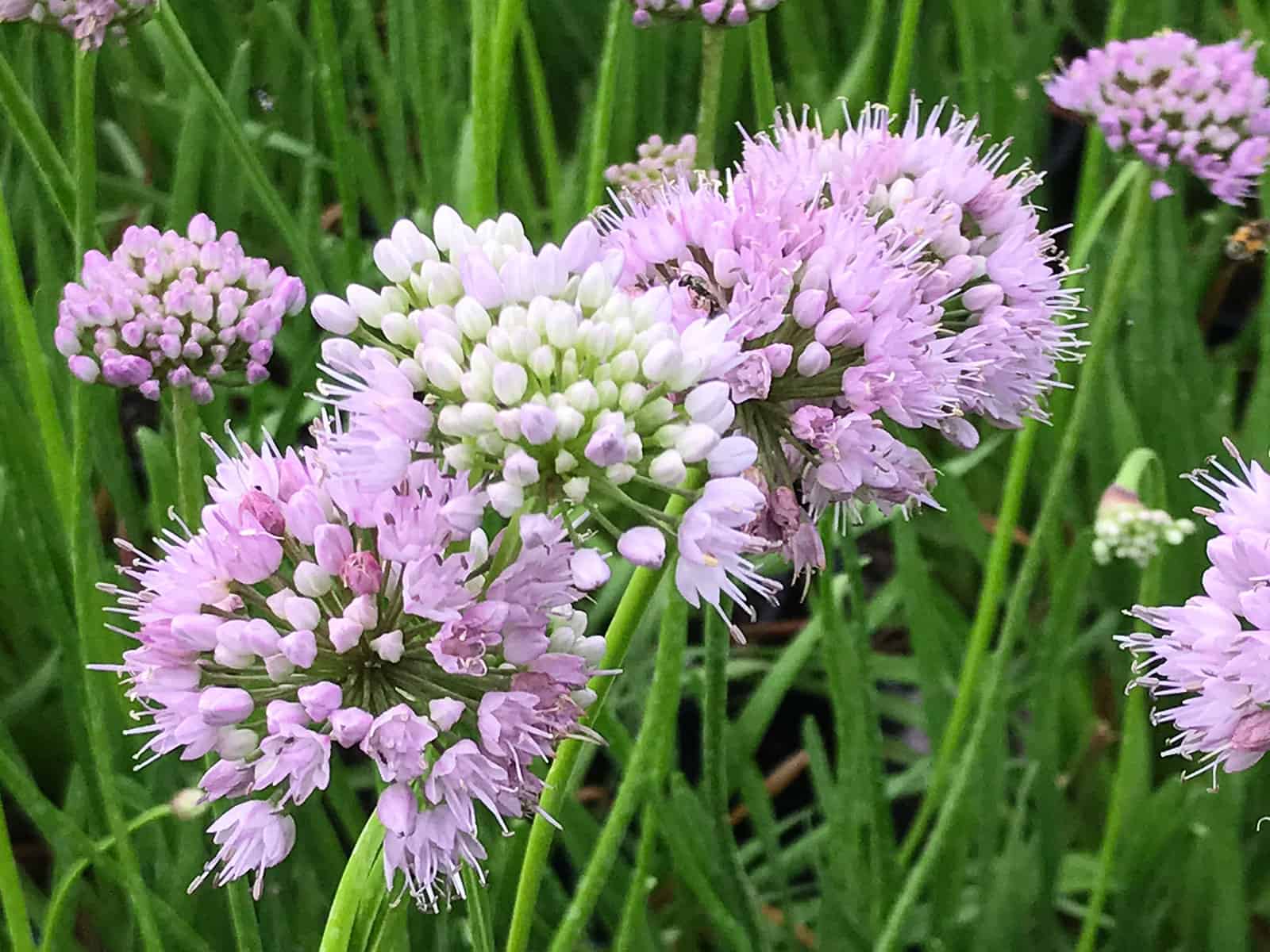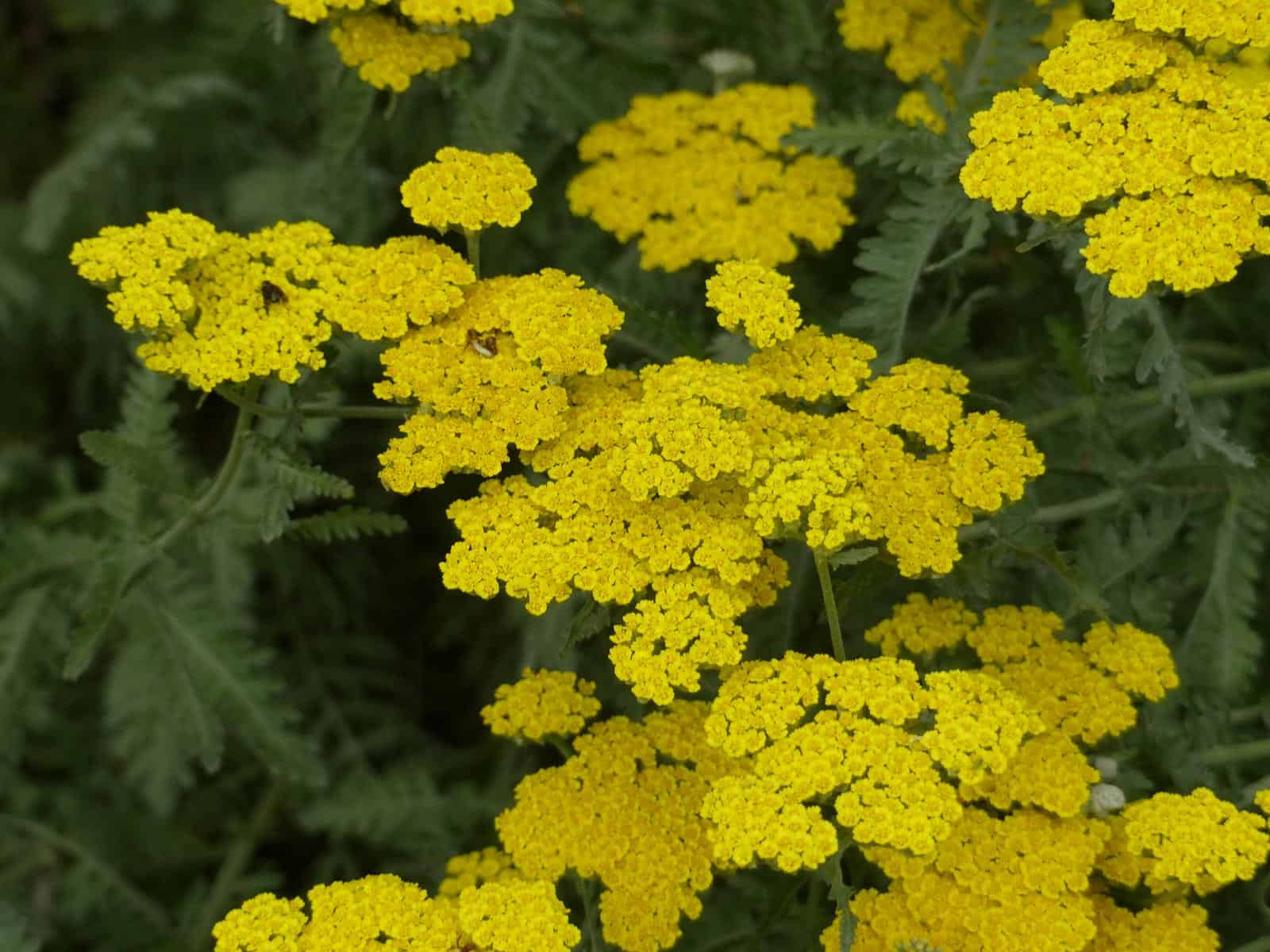
Cheerful spikes of pink snapdragon-like flowers over spreading plants. Ideal middle-of-the-border plant for contrasting color and foliage among dwarf shrubs. Thrives in shaded settings and prefers moist conditions. Herbaceous perennial.
Chelone lyonii, commonly called turtlehead, pink turtlehead or Lyon’s turtlehead, is an upright, clump-forming, rhizomatous perennial in the figwort family which typically grows 2-4’ tall on stiff, square stems. It is native to wet woodland areas and streams in the southern Appalachian Mountains from Virginia to South Carolina and west to Tennessee, northern Mississippi and northern Alabama. It has escaped gardens and naturalized in parts of New England and New York. Hooded , snapdragon-like, two-lipped, pink flowers (to 1” long) bloom in tight, spike-like terminal racemes from late summer into fall (late July to September). Flowers have puffy pink corollas with lower lips bearded with yellow hairs. Flowers purportedly resemble the heads of open-mouthed turtles, hence the common name. Ovate, coarsely-toothed green leaves (to 3-6” long) have slender petioles, rounded bases and pointed tips.
Genus name comes from the Greek word chelone meaning tortoise in reference to the turtlehead shape of the flowers.
Specific epithet honors John Lyon (1765-1814), American botanist, who was an early explorer of the southern Appalachians.
‘Hot Lips’ features rosy pink fall flowers (richer pink than the species), bronze green maturing to dark green foliage (deeper green than the species), and red stems.
Anemone ‘Wild Swan’ unlike the Japanese hybrids that bloom in fall only, this little beauty blooms from spring until frost. Dainty white flowers, with a blush of lavender/purple on the reverse side, dance above the lovely green foliage.
This introduction is a very long-blooming perennial, forming a spreading mound of bright-green ferny leaves. Small butter-yellow daisies appear in succession from early summer to late fall, each petal delicately serrated at the tips. Shear plants lightly in August to encourage renewed blooming. Great for the front of a sunny border, or planting in mixed containers. Tolerates heat and humidity. Plants will flower best in a sunny location. Blooms are larger, and flower colour is darker than the older selection ‘Moonbeam’. From Blooms of Bressingham®. USPP#16096: unlicensed propagation prohibited.
Asclepias tuberosa is a species of milkweed native to eastern North America. It is a perennial plant growing to 0.3–1 metre tall, with clustered orange or yellow flowers from early summer to early autumn. The leaves are spirally arranged, lanceolate, 5–12 cm long, and 2–3 cm broad.
Cinderella is part of the Asclepias genus and is a Swamp milkweed variety. Its scientific name is Asclepias incarnata ‘Cinderella’. This variety typically blooms in the following colours: French rose, and typically produces a medium vanilla fragrance.

Allium ‘Summer Beauty‘ (syn. A. angulosum ‘Summer Beauty‘). More often appreciated for its glossy deep green foliage in the spring and lilac flowers in the summer, A. ‘Summery Beauty’ can add tremendous color and texture to the winter garden. The straw-brown color and strong vertical nature of remnant flower stems topped with remains of the hemispherical flower umbel, now collapsed and pendulous, reflect what was once from the summer. A member of the Amaryllidaceae, this native of central Europe to northern Asia–from France and Italy to Siberia and Kazakhstan–is at home in the Midwestern perennial garden.
Allium ‘Summer Beauty‘ produced leaves up to 10 in. long with flowering stems of up to 20 in. tall. Plants work well as mass plantings, although individual plants can be slow to establish and take up to three years to begin spreading. A. ‘Summer Beauty‘ also works well in inter-planted combinations with numerous other full-sun perennial plants such as Sesleria autumnalis (prairie dropseed), Salvia nemorosa cultivars, and Stachys officinalis ‘Hummelo’ (betony). ‘Summer Beauty‘ is a sterile cultivar, so unwanted spread by seed-in is not a concern.
Roy Diblik of Northwind Perennial Farm developed A. ‘Summer Beauty‘ based on plant material collected from a Chicago area garden. The cultivar is now widely planted throughout the Midwest and Northeastern regions due, primarily, to its resiliency to diseases and pests and, additionally, to its great value as a source of pollen and nectar for honeybees, bumble bees, native bees, and butterflies.
Alchemilla mollis, the garden lady’s-mantle or lady’s-mantle, is a herbaceous perennial plant native to southern Europe and grown throughout the world as an ornamental garden plant. It grows 30 to 45 cm tall, with leaves that are palmately veined, with a scalloped and serrated margin. The stipules are noteworthy in that they are fused together and leaf like. The chartreuse yellow flowers are held in dense clusters above the foliage. This plant, together with a similar but dwarf variety, A. erythropoda, has gained the Royal Horticultural Society’s Award of Garden Merit.
Good-looking, compact, bushy and heat loving, Achillea millefolium ‘Pomegranate‘ is a stunning Yarrow with its masses of long-lasting clusters of rich velvety red flowers which immediately catch the eye. Its pleasantly aromatic, semi-evergreen, green fern-like foliage is disease resistant and nicely compliments the cheerful flat umbel flowers.
Best blue-gray foliage frosted with silver highlights. This classical selection produces dense sulfur-yellow flower heads. “Moonshine” is still one of the most popular garden varieties today. Combines well with other garden selections especially when used in sharp contrast with Cranesbill Geranium. This hybrid does not spread.








